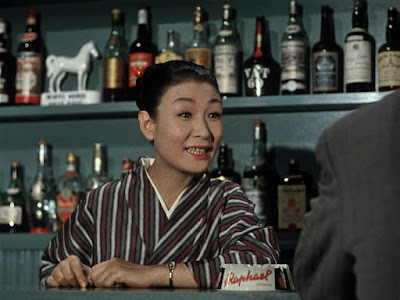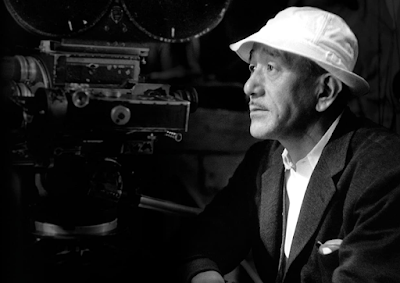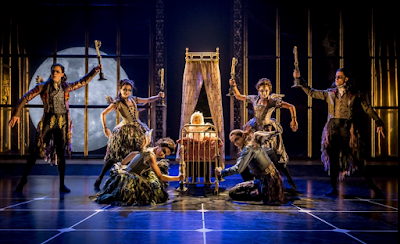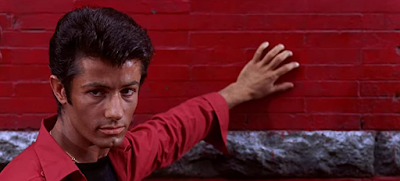This year we said goodbye to Mary Wilson of The Supremes and Charlie Watts of The Rolling Stones but they will always be onstage in THE T*A*M*I* SHOW. filmed in Santa Monica in October 1964.
Teenage Awards Music International (who promptly vanished) managed to include visiting acts touring as part of the British Invasion and Motown stars also on tour.
It was recorded on high-definition video using the short-lived Electronovision process which allowed for it to be in cinemas only fourteen days later.
Introduced by Jan and Dean are Chuck Berry, Gerry & The Pacemakers, The Miracles, Marvin Gaye, Lesley Gore, The Beach Boys, Billy J Kramer & The Dakotas, The Supremes, The Barbarians, James Brown and The Rolling Stones.
The unrelenting go-go dancers included future stars Teri Garr and Toni Basil, while Jack Nitzsche's onstage musicians included Glen Campbell, Leon Russell, Darlene Love and Hal Blaine.
Shelf or charity shop? Twisting, strutting and falling to it's knees on the shelf! Despite the occasional clunker, it's an extraordinary gathering of pop and soul talent, all feeding off the audience's feverish energy - the audience were drawn from local high-schools to ensure maximum pandemonium and included the teens David Cassidy and John Landis. Smokey Robinson is surprisingly wobbly in his vocals, Marvin Gaye is super-smooth while Lesley Gore is pure pop power. As good as The Beach Boys and The Supremes are, they are overshadowed by James Brown who simply explodes over the stage, delivering the definitive performance of PLEASE, PLEASE, PLEASE, dropping to the stage again and again! Keith Richards later said it was a stupid decision for The Rolling Stones to follow him and The Famous Flames on the bill. The final image of all the acts dancing about onstage together is a lasting tribute to pop history...

















































